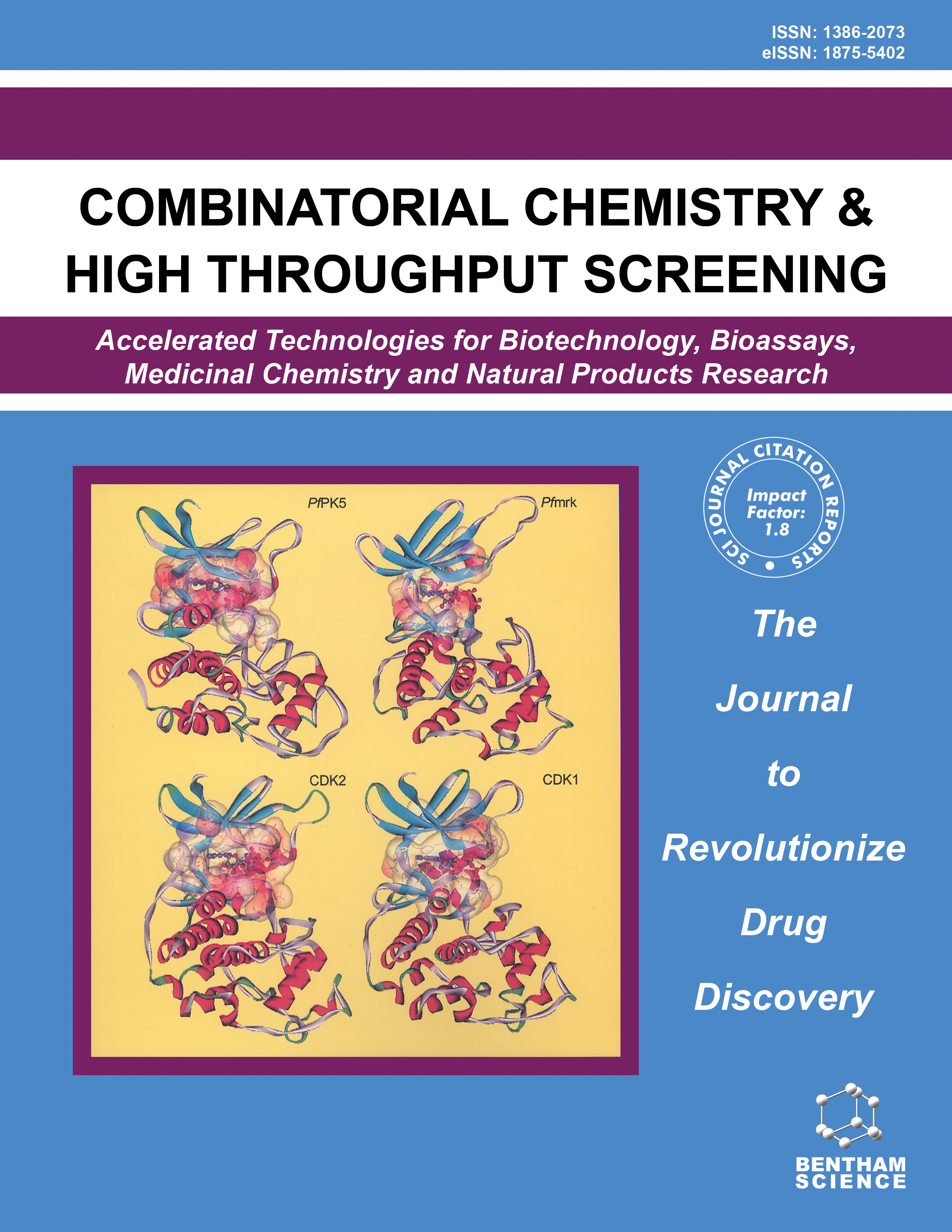
Full text loading...
We use cookies to track usage and preferences.I Understand

Actaea racemosa (AR), sometimes also known as black cohosh, is a perennial herb that grows in the Ranunculaceae family that effloresces in the middle of summer. This herb is currently present throughout south and west North America despite being endangered in the eastern section of the continent. Certain information about the photochemistry and biological potential of this herb is available. In accordance with the scant available ethno-medical reports, this herb possesses antioxidant, antidiabetic, anti-inflammatory, antiosteoporosis, and anticancer properties. As per the available literature, caffeic acid, isoferulic acid, actein, 23-epi-26 deoxycatein, cimicifugoside, and ferukinolic acid are the key components found in different parts of AR. To date, no thorough research or systematic review has been done to highlight the traditional, biological, and phytochemical benefits of this herb. Consequently, further research is needed to gain a deeper understanding of this therapeutic herb, particularly about its separation and pharmacological screening of its insulating portion for a range of biological functions. The goal of this review was to compile the most recent data on the phytochemical presence of AR. in relation to its ethnomedical applications, methods of extraction, pharmacological applications, and future potential.

Article metrics loading...

Full text loading...
References


Data & Media loading...